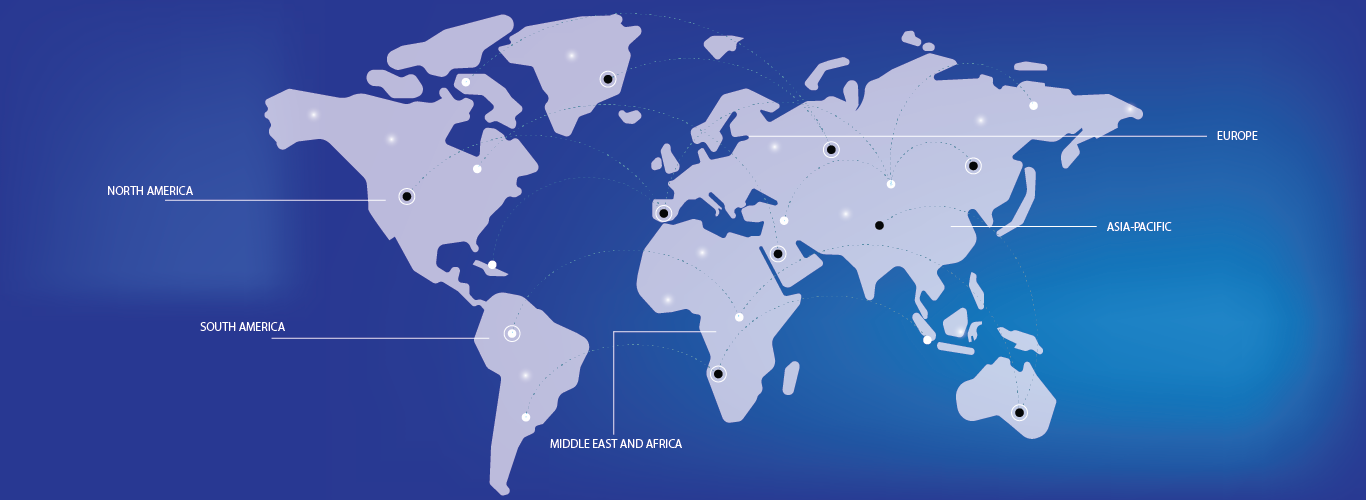- Saudi Arabia leads the pipeline corrosion monitoring market in the region due to its vast and mature oil and gas infrastructure. As one of the world’s largest oil producers, the country has a significant pipeline network that requires continuous monitoring for corrosion prevention to ensure operational safety and efficiency. Saudi Arabia’s large-scale infrastructure projects, combined with a focus on long-term pipeline integrity, have driven the adoption of advanced corrosion monitoring solutions.
- In January 2025, a report by Elsevier Ltd. revealed that the Middle East recorded 598 ongoing oil and gas projects, emphasizing the region’s expanding energy sector. The petrochemical industry leads with 290 projects, followed by 140 midstream projects, 89 refineries, and 79 upstream developments. This surge highlights the region’s strategic investment in production, refining, and logistics to meet global energy demand. The expansion reflects efforts to enhance infrastructure, integrate advanced technologies, and strengthen energy security while ensuring long-term sustainability in the oil and gas sector
- The U.A.E. holds a dominant position in the pipeline corrosion monitoring market over Kazakhstan due to its robust and modern oil and gas infrastructure. The U.A.E.’s oil and gas industry is characterized by cutting-edge technology adoption and significant investments in infrastructure development. As a major energy hub, the U.A.E.’s proactive approach toward advanced corrosion monitoring solutions, such as smart sensors and real-time monitoring systems, places it ahead of Kazakhstan
- In January 2025, the article by Elsevier Ltd. Stated that, the U.A.E., holding 4% of global oil and 3.5% of gas reserves, is expanding energy production to meet rising demand. ADNOC invests USD 1.83 billion to boost capacity, targeting five million b/d by 2030. Aiming for energy self-sufficiency, the U.A.E. discovered 80 trillion cubic feet of gas in 2020. Committed to net-zero emissions by 2050, it plans 50% clean energy by 2050. At COP28, the U.A.E. pledged USD 200 million for climate initiatives, reinforcing its sustainability efforts
- In contrast, Kazakhstan, despite growing its oil and gas sector, is still in the process of modernizing its pipeline infrastructure and may not yet have the same level of advanced technology integration, making the U.A.E. the dominant player in the region.
- Kazakhstan is a significant producer of coal, crude oil, and natural gas, and a major energy exporter. While coal dominates the country’s energy mix, renewable sources of energy are a small but growing share of Kazakhstan’s electricity generation. Gas pipeline network expansion remains a priority, in order to expand access and reduce reliance on coal and LPG for household consumption. Kazakhstan is part of the EU4Energy Progamme, an initiative focused on evidence-based policymaking for the energy sector




